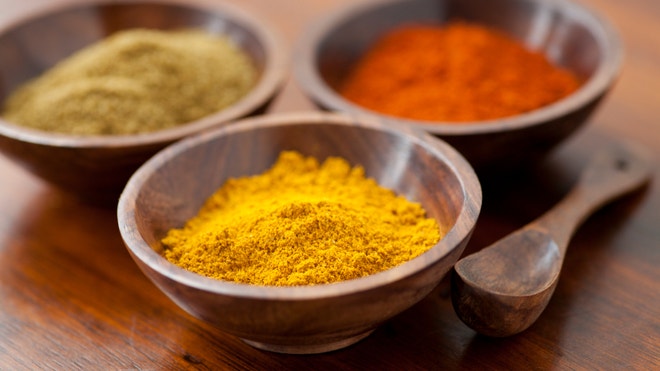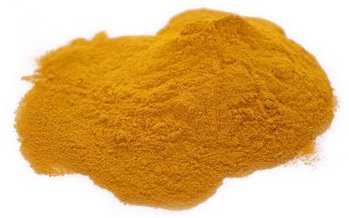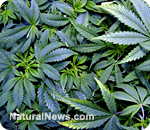“The endocannabinoid system is implicated in, and regulates, several physiological processes, ranging from food intake and energy balance to pain and inflammation.
2-Arachidonoylglycerol (2-AG) is a full agonist at the cannabinoid receptors which classically mediate its effects. The activity of this bioactive lipid is dependent on its endogenous levels, which are tightly controlled by several hydrolases, monoacylglycerol lipase and α/β-hydrolase domain 6 and 12.
Moreover, 2-AG is also a substrate of cyclooxygenase-2, and this reaction leads to the formation of prostaglandin glycerol esters, the effects of which remain to be fully elucidated.
In this review we discuss the multiple mechanisms by which 2-AG controls inflammation and the therapeutic potential of 2-AG metabolism inhibitors.”








